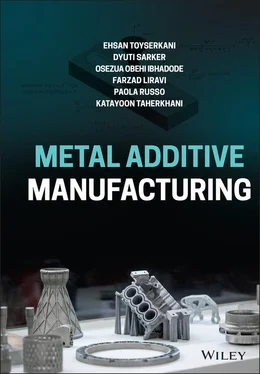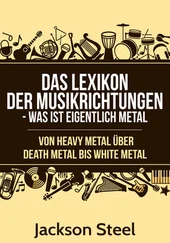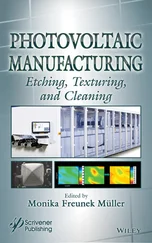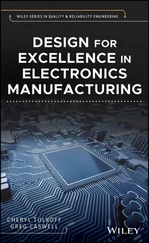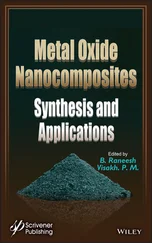Ehsan Toyserkani - Metal Additive Manufacturing
Здесь есть возможность читать онлайн «Ehsan Toyserkani - Metal Additive Manufacturing» — ознакомительный отрывок электронной книги совершенно бесплатно, а после прочтения отрывка купить полную версию. В некоторых случаях можно слушать аудио, скачать через торрент в формате fb2 и присутствует краткое содержание. Жанр: unrecognised, на английском языке. Описание произведения, (предисловие) а так же отзывы посетителей доступны на портале библиотеки ЛибКат.
- Название:Metal Additive Manufacturing
- Автор:
- Жанр:
- Год:неизвестен
- ISBN:нет данных
- Рейтинг книги:5 / 5. Голосов: 1
-
Избранное:Добавить в избранное
- Отзывы:
-
Ваша оценка:
- 100
- 1
- 2
- 3
- 4
- 5
Metal Additive Manufacturing: краткое содержание, описание и аннотация
Предлагаем к чтению аннотацию, описание, краткое содержание или предисловие (зависит от того, что написал сам автор книги «Metal Additive Manufacturing»). Если вы не нашли необходимую информацию о книге — напишите в комментариях, мы постараемся отыскать её.
A comprehensive review of additive manufacturing processes for metallic structures Metal Additive Manufacturing
Metal Additive Manufacturing
Metal Additive Manufacturing — читать онлайн ознакомительный отрывок
Ниже представлен текст книги, разбитый по страницам. Система сохранения места последней прочитанной страницы, позволяет с удобством читать онлайн бесплатно книгу «Metal Additive Manufacturing», без необходимости каждый раз заново искать на чём Вы остановились. Поставьте закладку, и сможете в любой момент перейти на страницу, на которой закончили чтение.
Интервал:
Закладка:
In general, AM will be a key for supply chain transformation in the automotive industry. AM has the tremendous ability to reduce overall lead time, thus fostering market responsiveness. AM features resulting in less material usage, lightweight components, on‐demand and on‐location production, and decentralized manufacturing at low to medium volumes will be driven force to significantly change the supply chain in terms of cost reductions, improved ability to locally manufacture parts, reduce complexity, and promoting consumer segments and markets satisfaction without any extensive capital deployment/investment.

Figure 1.18 (a) Ford's custom anti‐theft wheel lock being printed in EOS PBF system
(Source: Courtesy of EOS [27]),
(b) Ford's custom anti‐theft wheel lock
(Source: Courtesy of Ford Motor Company [28]),
(c) custom titanium door handle frame in DS3 Dark Side edition from DS Automobile
(Source: Courtesy of PSA [29]).
1.5.6 Industrial Tooling and Other Applications
One of the obvious applications of metal AM is in tooling and mold production for other industries such as medical, aerospace, and automotive (see Figure 1.8). Furthermore, AM can be used to fabricate other industrial parts such as machinery components, heat exchangers, engineered structures, etc. either for parts redesigned for AM or for low volume producing legacy parts of current designs. In the consumer products sector, the promise of mass customization drives the gradually increasing usage of metal AM in various consumer products such as decorative objects, jewelry, custom sports gear, and structures such as bicycle frames. The design freeform, material graded structures, lightweighting, and fast design‐to‐market cycle offered by AM are predicted to have revolutionary effects on the market of industrial and personal products.
Highly scalable wire arc DED systems have also shown the potential to make larger structures in one run. MX3D (Amsterdam, The Netherlands) has been working on an award‐winning smart bridge made from stainless steel, which will be placed on a canal in Amsterdam ( Figure 1.19). Embedded with a network of sensors in collaboration with Alan Turing Institute (London, UK), this pedestrian bridge will collect structural data to help engineers measure the health of the structure under various environmental conditions in real time. This is a window to the future of urban planning and structural engineering world, as we are moving toward Internet of Things (IoT) smart cities with AM as one of the principal pillars of this movement realizing the physical aspect of the IoT [31].
1.6 Economic/Environmental Benefits and Societal Impact
Beyond the undisputable process flexibility of AM technologies, it also offers several major environmental benefits if the process chain and designs are properly developed. According to Diaz et al., manufacturing activities are responsible for 19% of the world's greenhouse gas emissions and 31% of the US total energy usage [33]. AM technologies are usually greener than conventional methods because there is less material wasted, and there may be up to 50% energy savings during part production [34]. However, it is only true if a full cycle assessment is conducted on the AM‐made part to ensure its design is fully optimized for AM. Moreover, metal‐based AM technologies virtually eliminate machining and the subsequent need for toxic cutting fluids; costly pollutants that presently are challenging to dispose of and have a negative environmental impact [33]. Besides, AM parts can bring about weight reductions in the range of 50–100 kg per aircraft. This will result in a significant reduction in fuel costs, based on the fact that for every kilogram removed from every aircraft in a fleet of 400 commercial jet‐liners (Ex: Air Canada), annually reduces consumption by 60 000 liters.

Figure 1.19 MX3D smart bridge (a) main structure (b) side wall.
Source: Courtesy of MX3D [32].
Across the globe, manufacturing sustainability has become a crucial factor for the supply chain on all fronts. Companies are seriously working on the waste reduction, efficiency improvement of operations through the integration of AM and digitization to comply with their environmental and social obligations.
AM companies are commuting to be a major part of this adventure. Metal AM manufacturers are announcing their commitments to promote sustainability and safety through the minimization of waste, enhancement of material chemistries for safety, utilization of less energy, usage of less labor, and reduction of consumables.
AM is widely used in the repair sector to improve environmental footprint due to time and material‐intensive traditional methods. Local manufacturing that is possible by AM is promoting firms' efforts to come closer to the circular/localized economy concept, an idea that fosters the optimum use of resources to avoid waste while minimizing gas emissions and energy demands.
Many companies are developing blueprints highlighting their commitments for the goals mentioned earlier. For example, the Global transit manufacturer Wabtec recently released its 2020 Sustainability Report [35]. When the report highlights several activities being undertaken by the company to improve its global environmental performance, it pinpoints the integration of AM processes such as binder jetting for sustainability by producing lightweight transportation components.
In all front of these commitments, a thorough analysis must be done to ensure metal AM is sustainable for making specific parts. Metal AM is not usually sustainable for making conventional parts that are not optimized for AM. It is recently reported by the Additive Manufacturer Green Trade Association (AMGTA) that metal AM has a higher carbon footprint per kilogram of the material used in the process compared with its counterparts processed by conventional methods while considering direct manufacturing processes exclusively [36]. This report is based on nonoptimized geometry when conventionally designed parts are directly printed without any geometrical and process optimization. However, as known, the design features have a major impact on the CO 2footprint. When machining a block of material for simple geometries would be preferable, AM will be much appealing for making parts with hollow shells, lattices, features with complex curvatures and internal conformal channels. Thus, the sustainability of the use of AM has a direct correlation with the complexity of geometry. A simple but effective study was carried in [37], shedding light on the sustainability of AM and its CO 2footprint when three different geometries made from Ti‐6Al‐4V by electron beam AM and machining were analyzed as shown in Figure 1.20. The surface finish was also a part of this analysis when the analysis considered the CO 2footprint for gas atomization of powders required for AM as well as ingots required for processes. As seen in the figure, the energy demand and CO 2emission for AM are higher than of the machining if the geometry tagged as ID1 is produced. It is evidence that metal AM at its current form is not a sustainable solution for simple geometries without any internal features.
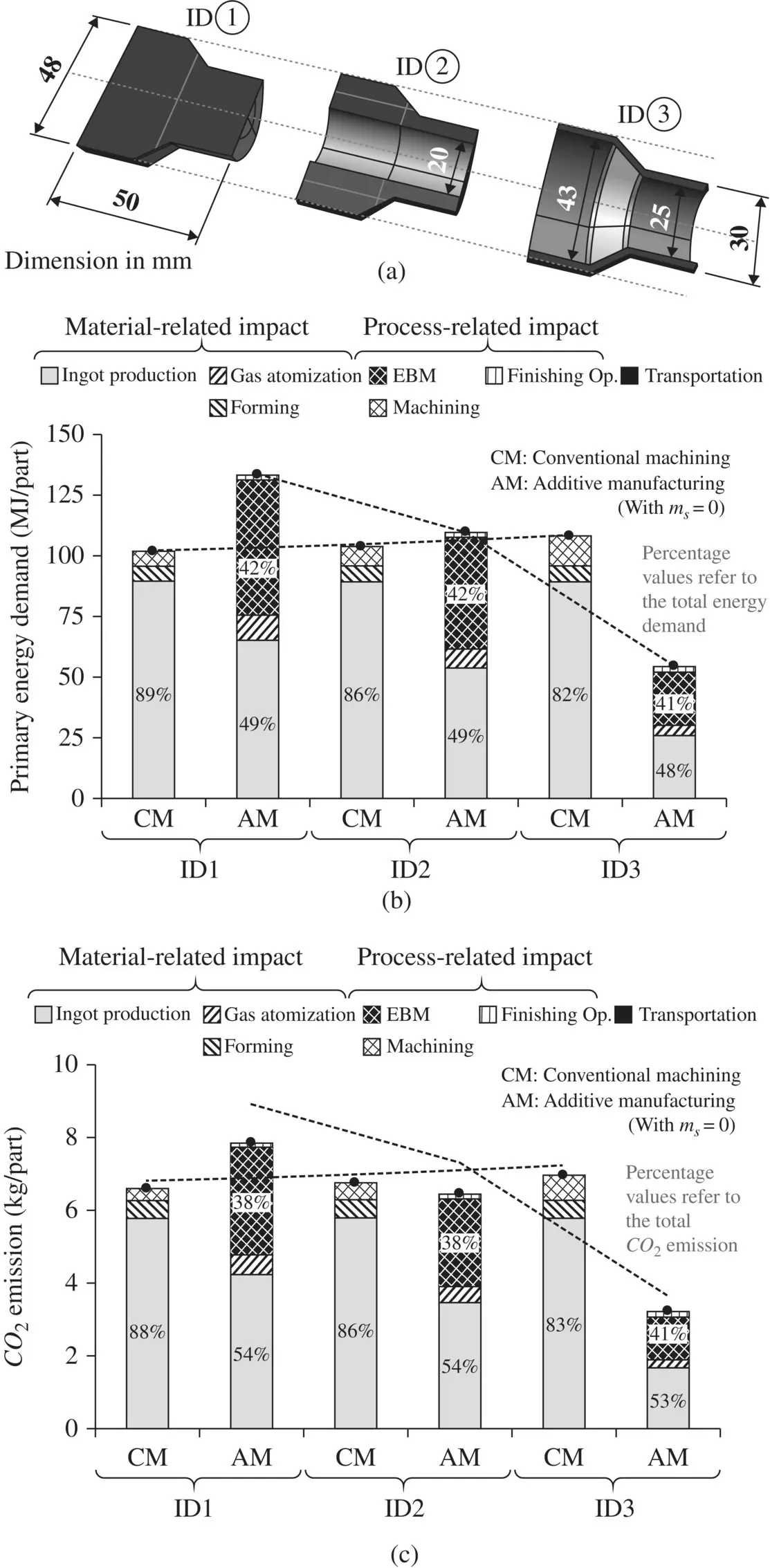
Figure 1.20 (a) Three different geometries made of Ti‐6Al‐4V by different processes, (b) primary energy demand, (c) CO 2emissions. Transportation cost is neglected.
Читать дальшеИнтервал:
Закладка:
Похожие книги на «Metal Additive Manufacturing»
Представляем Вашему вниманию похожие книги на «Metal Additive Manufacturing» списком для выбора. Мы отобрали схожую по названию и смыслу литературу в надежде предоставить читателям больше вариантов отыскать новые, интересные, ещё непрочитанные произведения.
Обсуждение, отзывы о книге «Metal Additive Manufacturing» и просто собственные мнения читателей. Оставьте ваши комментарии, напишите, что Вы думаете о произведении, его смысле или главных героях. Укажите что конкретно понравилось, а что нет, и почему Вы так считаете.
